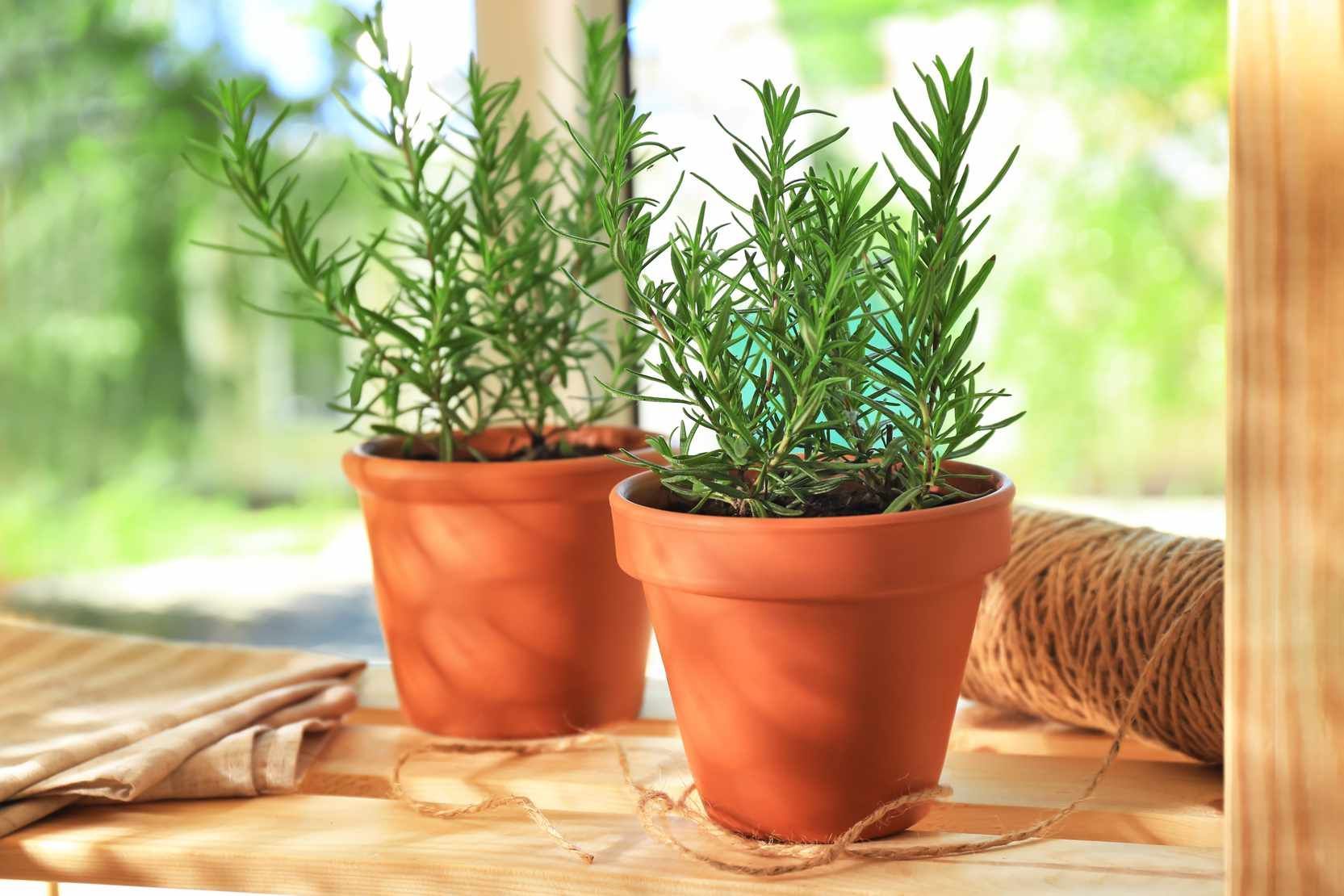These Plants Keep the Bugs Away, Which One is Yours?

Sumber foto: Pinterest
(Istimewa)Gardens are home to many living creatures. Animals such as snails, millipedes, caterpillars, ants, grasshoppers, bees and spiders can all be found in the gardens in addition to many species of insects, butterflies, moths and worms. This is natural because gardens create ecosystems where many animals and plants live. But too many animals can carry pests which may inhibit plant growth and damage crop yields.
Founder of Kebun Kumara, Soraya Cassandra, said that when pests start attacking a garden, that’s when human intervention is needed. You can redesign your garden by adding fragrant plants such as flowers as insect repellents. This certainly can help us reduce pests in an organic way.
Insect Repellent Plants
To repel pests such as insects in the garden organically, you can plant fragrant plants or flowers. Here are several types of plants that you can grow to repel insects in the garden:
- Artemisia comprises shrubs that can help repel pests such as moths, large white, fleas, flies and borers.
- Monkey cups are also known as carnivorous plants. They will emit a pungent odor as an insect attraction. Inside the cups, there are special fluids that function to digest insects that enter it.
- Garlic and shallot can repel mice, aphids, Japanese beetles, carrot flies, borers, snails and root caterpillars.
- Lavender is famous for its fragrance that can repel mosquitoes.
- Rosemary and mint can repel large white, carrot flies, snails, and insects, and also can prevent insects from laying eggs on plant leaves.
- Basil has a fragrant smell that can repel flies and mosquitoes.
- Spinach is useful not only as a vegetable, but also as pest repellent such as snails.
- Sunflowers are also among the plants that can repel insects and butterflies.
- Tansy can repel Japanese beetles and mosquitoes.
How to Grow Basil
Basil is one of the herbal plants that have many benefits. In addition to being an insect repellent, it is also often used as an additive to various types of cuisine. Moreover, it has great health benefits. Because of that, let’s try to grow basil at home under these following methods!
Basil can be grown using seeds or seedlings. If you choose to plant with seeds, the first thing you should do is sowing. When sowing basil seeds, place them in a place with minimum sunlight. Do not plant the seeds too deep because your basil will begin to sprout on the 10th day. When you already have 3-4 leaves, you can move them to the planting medium you want.
When sowing basil seeds, one thing you must consider is the soil mixture used. A mixture of soil and compost can help for better seeding. Do watering carefully, it can be done by spraying. When the basil is ready for a change of place, you should be very careful as it may damage the roots. To get your basil a proper place to grow, you should expose it to enough sunlight about 6-8 hours per day.
If you choose a pot or polybag as a planting medium, you can plant basil stems, but don’t forget to give them some distance so they don’t cause mold. Make sure that the pot or polybag has good drainage, because basil likes moist soil, not dry or too wet. When watering, you can first check the soil moisture. Give liquid fertilizer with a dose of 1: 1. When the height of the basil has reached 25 cm, it may be the right time to harvest it. You can harvest your basil by taking the leaves, the basil will grow more and more when the leaves are picked often, thus will help to continue to give new shoots.
Written by: Renat
